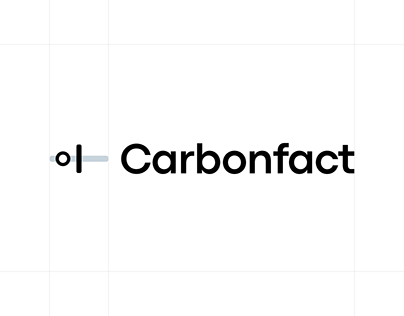EU's green deal reshaping textile industry, Carbonfact releases guide to compliance

The textile industry finds itself at a crossroads of regulation and sustainability today. With increasing pressure from environmental advocates and governments alike, understanding and complying with these regulations is no longer merely advisable—it's essential for staying competitive. Carbonfact, a leader in environmental sustainability solutions, has unveiled an updated guide aimed at illuminating the intricate landscape of textile sustainability regulations.
EU legislation leading the charge
Central to the regulatory framework shaping the textile industry are the initiatives driven by the European Union (EU). At the forefront stands the European Green Deal, a pivotal driver of change that sets ambitious goals for sustainability across member states. Key directives include the Corporate Sustainability Reporting Directive (CSRD), mandating comprehensive disclosure of environmental and social impacts, and the Ecodesign for Sustainable Products Regulation (ESPR), which sets rigorous standards for product performance. Notably, the Digital Product Passport (DPP) under ESPR aims to enhance product traceability and transparency.
According to the Carbonfact guide, Lidia Lüttin, Head of Marketing, underscores the significance: "Understanding regulations is just the start - the real challenge is consolidating and fixing your upstream data." This sentiment highlights the critical role of accurate data in navigating these regulations effectively.
National Regulations: Adding layers of complexity
Beyond EU-wide directives, individual member states are implementing supplementary regulations. France's Climate & Resilience Law, for instance, requires environmental labeling on products, while Germany's Supply Chain Due Diligence Act focuses on upholding human rights and environmental standards throughout supply chains. These national laws add complexity but also reflect a growing consensus on the need for stringent sustainability measures.
Global evolution of labeling laws
Simultaneously, global textile labeling laws are evolving, emphasizing sustainability and transparency. The EU's ESPR and Directive on Green Claims are pivotal examples, setting precedents for international standards in green labeling practices.
EU vs. US regulatory contrasts
A notable contrast emerges between the EU and US approaches to sustainability regulation. The EU adopts a centralized approach with uniform laws across member states, prioritizing circular economy principles and waste reduction. In contrast, the US follows a fragmented path with federal and state-level regulations, focusing more on emissions reporting and climate risk disclosure rather than prescriptive standards on green claims.
Table: Differences in EU-US green laws
|
EU |
US |
|
Centralized approach with EU-wide laws |
Fragmented approach with federal and state laws |
|
Strong emphasis on circular economy and waste reduction |
Focus on emissions reporting and climate risk disclosure |
|
Stricter regulations on green claims and labelling |
Less stringent regulations on green claims |
|
Digital Product Passport (DPP) initiative for product traceability |
No equivalent to the DPP |
|
Extended Producer Responsibility (EPR) laws for textile waste |
Limited EPR laws |
Data as the foundation
The Carbonfact guide emphasizes the pivotal role of data in compliance and strategy. By leveraging detailed product-level emissions tracking and streamlined reporting capabilities, brands can not only meet regulatory requirements but also drive operational efficiency and consumer trust. This approach aligns with Carbonfact's platform, designed explicitly for fashion and apparel brands to manage and optimize their sustainability efforts.
"We've designed our platform specifically for fashion, apparel, and footwear brands...to help you build a strong data foundation, reduce manual work, and generate accurate, product-level impact data," states the report, highlighting the practical applications of their solutions.
Thus the regulatory landscape for the textile industry is complex and evolving rapidly. Carbonfact's comprehensive guide provides a crucial resource for brands aiming to navigate this terrain successfully. By embracing data-driven strategies and leveraging advanced tools like the Carbonfact platform, brands can not only ensure compliance but also seize opportunities for innovation and growth in an increasingly sustainability-conscious market. As sustainability regulations continue to evolve, proactive engagement and strategic alignment with regulatory frameworks will be key to achieving long-term success in the textile industry.
